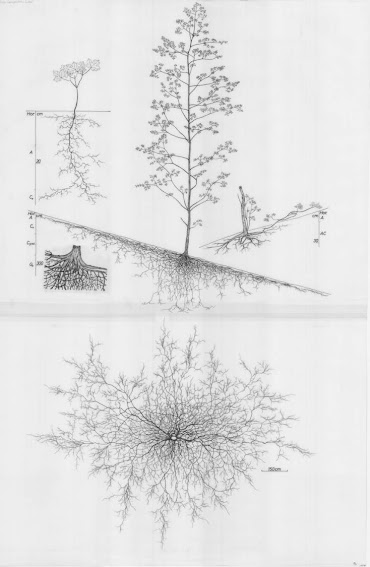In a series of papers (Abera et al., 2016, Abera et al. 2017a, Abera et al., 2017b, Azimi et al., 2023), we have outlined a methodology for studying basins, focusing on specific locations BUT looking especially to the methodologies. They are also summarized in slides that I typically use in my hydrological modeling classes. These slides summarize the analysis requirements in seven key steps, supported by various notebooks that implement the methodologies.
Each time we begin a new catchment analysis, please ensure these methodological suggestions are considered. Overlooking them can be quite frustrating. Consistently revisit and apply the reference material to build upon previous work and past achievements. Criticize previous methods if necessary, but do not disregard them.
There are two critical steps that are often neglected. The first is data analysis—specifically, examining data coherence and comparing multiple data sources. This preliminary analysis can provide significant insights before any modeling begins, but it is rarely pursued. Instead, input data are directly used in the model, leading to issues later because something seems off.
The second neglected step is validation. There is a tendency to be satisfied with performance metrics like
KGE or
Nash-Sutcliffe, but these should be starting points, not final assessments. Other benchmarks, such as those proposed by Addor et al., (2018) should be used to critically evaluate the results, not just applied mechanically.
Recently, Azimi et al., 2023 introduced a more refined analysis method (called in future papers EcoProb), which allows for finer discrimination of model behavior by separating the ranges of response. This method should be considered for more precise analysis.
Additionally, since Abera (and likely earlier), we have tried to refocus our analysis on not just discharges but also on budgets. Understanding budget behavior can reveal significant insights and prevent errors, but it is often sidelined. We need to improve in this area.
Mapping is another crucial aspect. While we often rely on time series plots, spatial representation is essential to show the irreducible spatial heterogeneity. This is evident in soil moisture studies, such as the recent work by
Andreis et al., and should also apply to other quantities like snow cover and depth.
I have worked with many of you to create effective graphs and maps. Using a full range of colors is beneficial, but please remember that some journals (AGU and EGU) require
color-blind friendly plots. Address this requirement from the beginning to avoid last-minute modifications.
P.S. I - One distinguishing feature of GEOframe compared to other systems is its ability to explore multiple working hypotheses. Although this capability exists, it has not been utilized so far. Let's make full use of it moving forward.
P.S. II - When I read a paper from collaborators, I assume that all materials, including data, software, notebooks, and .sim files, are organized and shared as supplemental material for reproducibility. To achieve this, it is crucial to maintain order and keep the material up-to-date from the beginning. Otherwise, it becomes a nightmare.
References
Abera, Wuletawu, Luca Brocca, and Riccardo Rigon. 2016. “Comparative Evaluation of Different Satellite Rainfall Estimation Products and Bias Correction in the Upper Blue Nile (UBN) Basin.” Atmospheric Research 178-179 (September): 471–83. https://doi.org/10.1016/j.atmosres.2016.04.017.
Abera, Wuletawu, Giuseppe Formetta, Luca Brocca, and Riccardo Rigon. 2017. “Modeling the Water Budget of the Upper Blue Nile Basin Using the JGrass-NewAge Model System and Satellite Data.” Hydrology and Earth System Sciences 21 (6): 3145–65. https://doi.org/10.5194/hess-21-3145-2017.
Abera, Wuletawu, Giuseppe Formetta, Marco Borga, and Riccardo Rigon. 2017. “Estimating the Water Budget Components and Their Variability in a Pre-Alpine Basin with JGrass-NewAGE.” Advances in Water Resources 104 (June): 37–54. https://doi.org/10.1016/j.advwatres.2017.03.010.
Addor, N., G. Nearing, C. Prieto, A. J. Newman, N. Le Vine, and M. P. Clark. 2018. “A Ranking of Hydrological Signatures Based on Their Predictability in Space.” Water Resources Research 54 (11): 8792–8812. https://doi.org/10.1029/2018wr022606.
Azimi, Shima, Christian Massari, Giuseppe Formetta, Silvia Barbetta, Alberto Tazioli, Davide Fronzi, Sara Modanesi, Angelica Tarpanelli, and Riccardo Rigon. 2023. “On Understanding Mountainous Carbonate Basins of the Mediterranean Using Parsimonious Modeling Solutions.” Hydrology and Earth System Sciences 27 (24): 4485–4503. https://doi.org/10.5194/hess-27-4485-2023.


